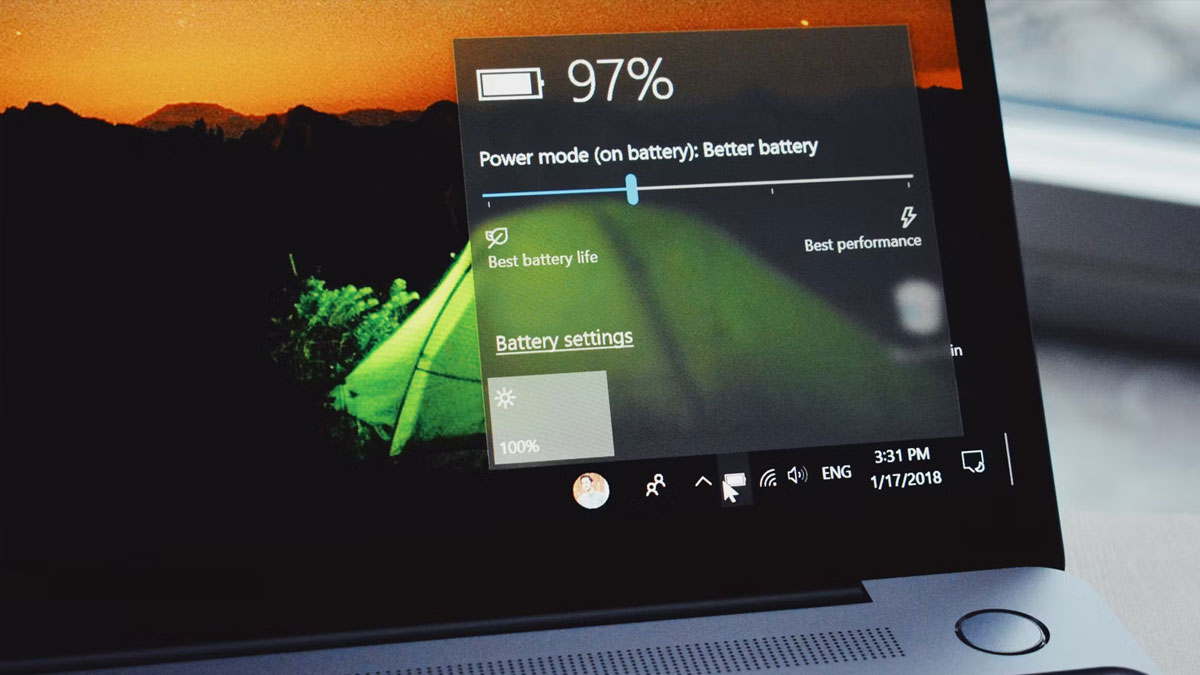
Everyone wants to use their laptop for the full workday without needing to plug it in. This is known as “all-day battery life”. You don’t need to buy anything new to take advantage of longer battery life right now, even if everyone is raving about the extended battery life that future Intel CPUs and new Qualcomm Snapdragon chips are promising.
Regardless of the Windows version, the following 10 ways will extend the life of your battery. Keeping these in mind will result in longer battery life even if you have a modern laptop with the latest hardware.
Way#1: Start Saving
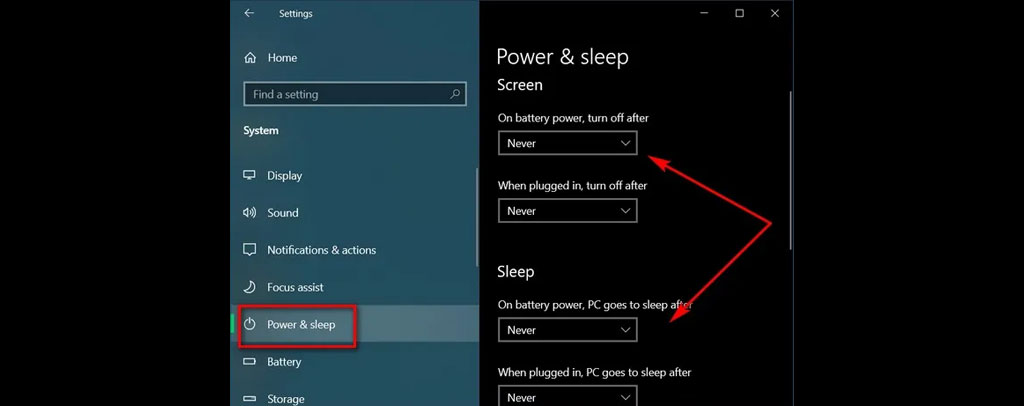
You should turn on Battery Saver or Energy Saver if you plan to be away from a power source for an extended period of time or if the battery on your laptop appears to be dying too quickly. In this mode, windows adjusts a number of settings to reduce power consumption, such as limiting some background operations and reducing screen brightness. Windows will turn on this feature by default when the battery is about 30% low in order to conserve energy. On the other hand, you can configure Windows to automatically activate battery saving when you’re not at home.
In Windows 11, you may activate Battery Saver by clicking the “Battery Saver” or “Energy Saver” button from the system tray icons on the right side of your taskbar. Your laptop is plugged in if the option is grayed out – you can only activate this option when you unplug your device.
Go to Settings > System > Power & battery and adjust the settings under “Battery Saver” or “Energy Saver” to have Windows utilize this mode automatically. When Windows is turned on automatically and your laptop is powered by batteries, it will make use of the “Always” feature.
Way#2: Activate Power Mode
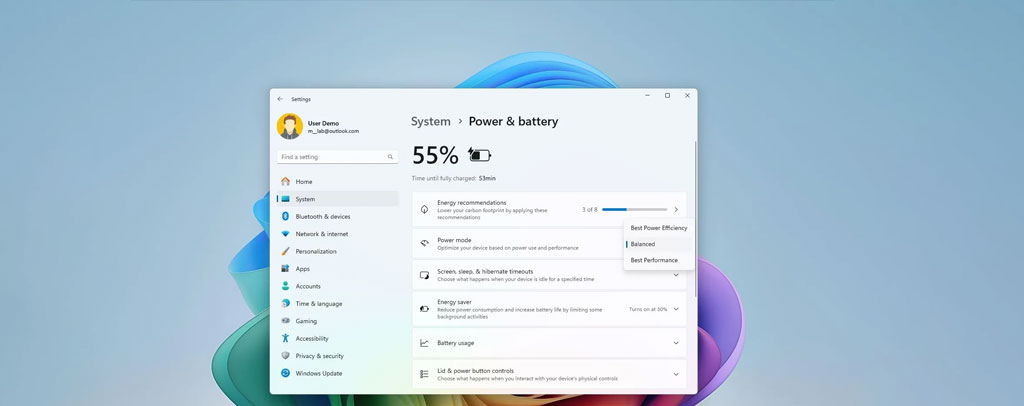
Choose the appropriate power mode to get the most out of your battery. Windows often runs in “Balanced” power mode – by default. To preserve a little battery life at the expense of a little performance, you can select “Best power efficiency.”
In Windows 11, navigate to Settings > System > Power & battery to select your preferred power mode. Make sure you choose “Best power efficiency” or at the very least “Balanced” from the “Power mode” box. Your battery will die more quickly if you use the “Best Performance” preset.
Way#3: Think Brightly When It Comes To Brightness
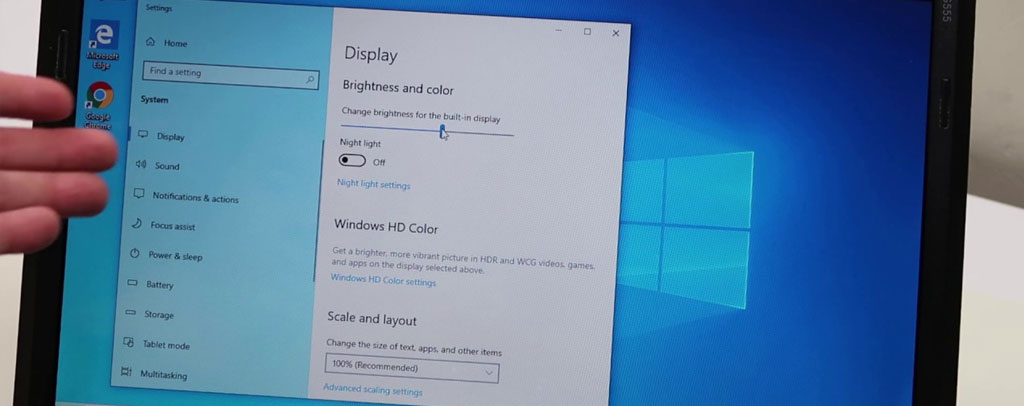
One of the largest energy consumers on your laptop is the display. A display that uses more power is brighter. To extend the life of your battery, try lowering the brightness.
You may frequently use the function keys on your computer’s keyboard to change the brightness of the screen. In Windows 11, you can also access the brightness slider by clicking the system tray icons located in the taskbar’s lower right corner.
Way#4: Smarter Sleep Settings When You Wake Up
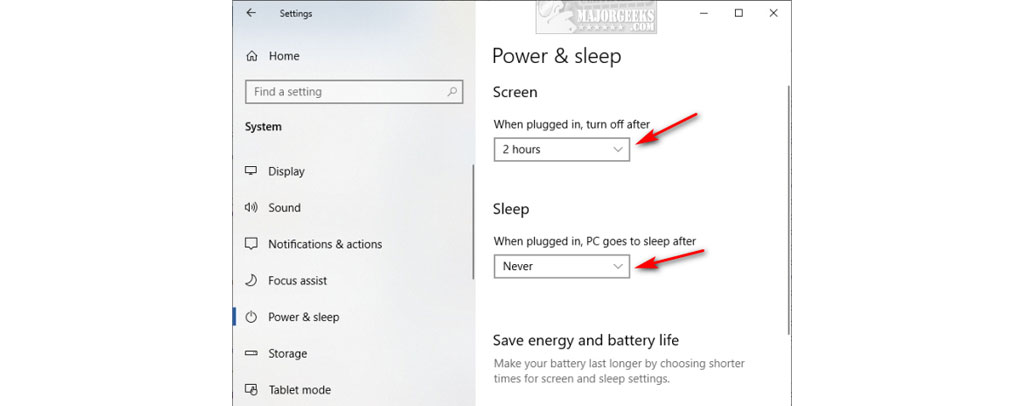
When you’re not using your laptop, it can automatically switch off the display and put it to sleep. You can save more electricity by making these settings more aggressive. You will conserve more battery life, if you set your computer to sleep three minutes after you finish using it, as opposed to ten minutes.
Go to Settings > System > Power & battery in Windows 10 or Windows 11 to access these settings. Modify the “On battery power, turn off my screen after” and “On battery power, put my device to sleep after” options under “Screen and sleep.”
Way#5: Take Out Those Battery-Hogging Devices
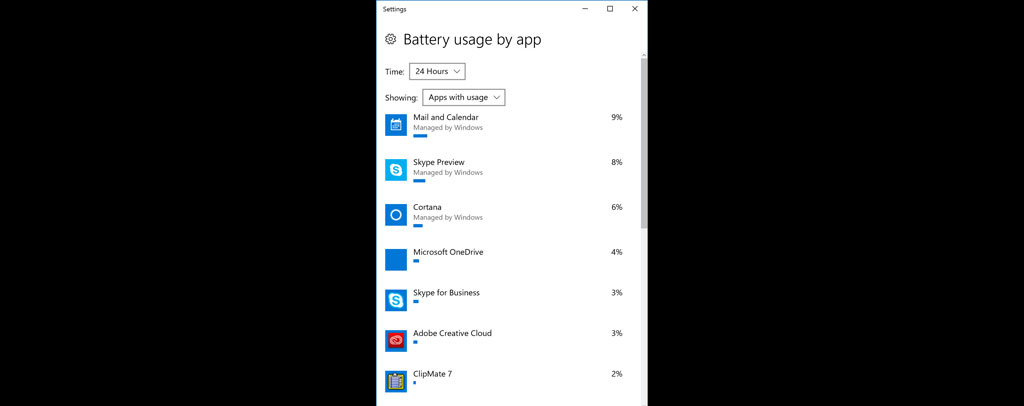
You can prevent Windows and your computer’s display from using up too much battery life by making the changes mentioned above. However, applications also play a significant role.
Windows keeps track of which apps drain the battery the fastest so you can determine which ones are the issue. In Windows 11, Go to Settings > System > Power & battery to see which apps are consuming the most battery life. In Windows 10, look under “Battery usage per app” after expanding the “Battery usage” section. Go to Settings > System > Battery and select “Battery usage per app.”
Way#6: Conduct An Audit of Energy Use
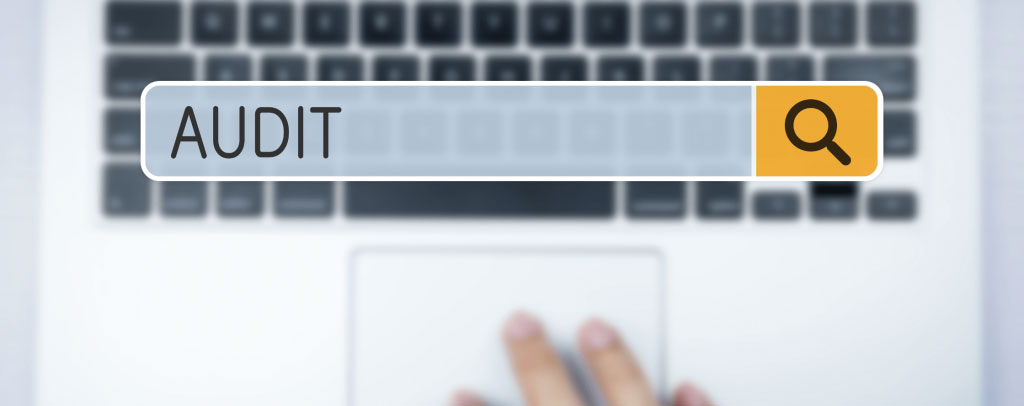
The Task Manager may display which apps are consuming the most power, in addition to the Settings app displaying which apps have been using the most power lately.
To access this, either right-click an empty area on the taskbar and choose “Task Manager,” or open the Task Manager by pressing Ctrl+Shift+Esc.
Right-click the heading bar in the main processes list window, then select “Power usage.” You can click the column to arrange the list of apps by power usage to see which ones are currently consuming the most power. In order to get information about past power usage as well as present power usage, you can optionally enable “Power usage trend.”
Way#7: Make a Long-Term Health Plan
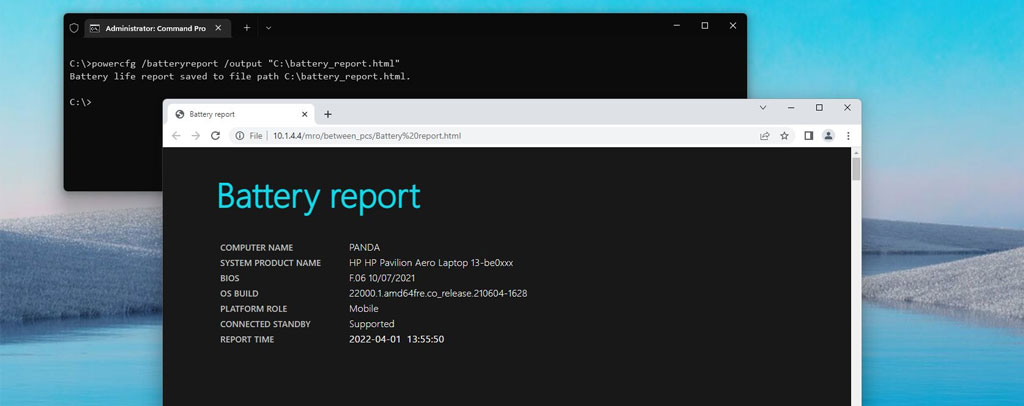
There is more to battery life than just the software you choose. It also has to do with keeping your battery in good physical condition. All batteries deteriorate with time; this is the nature of entropy. But it’s up to you how quickly they deteriorate.
For instance, heat is the deadliest enemy of a battery. It is not advisable to leave your laptop in a hot automobile or in direct summer sunlight. Additionally, it’s a good idea to charge your laptop frequently; it’s preferable to top it off more frequently than to never let it run completely empty.
If you only charge your battery to 80%, you may be able to save some of its life. While many Windows laptops now include “Smart charging” features, some laptop manufacturers include tools with settings that allow you to set them to charge to 80%.
Way#8: Combat Background Drain
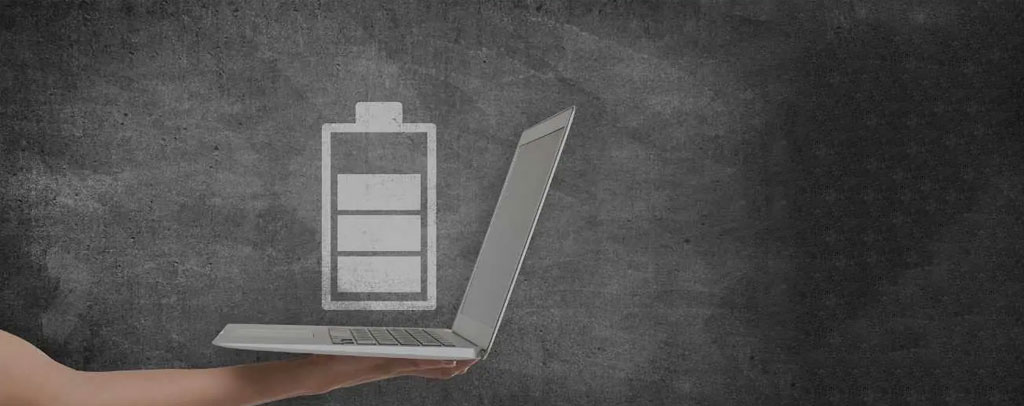
Battery life can also be wasted by background-running programs that start up. It’s advisable to check your system tray, click the taskbar’s little up arrow, and kill any open applications.
Use the Task Manager to prevent them from running upon startup. First, use Ctrl+Shift+Esc to open it. Go to the “Startup” tab by clicking. Examine this list and disable any apps you don’t use or require. You may disable an app by right-clicking on it and choosing “Disable” to prevent it from starting when you log in. Alternatively, you may right-click an application and choose “Search online” to find out additional information if you’re unsure of what it does. You can fully uninstall the application if you don’t use it at all.
Way#9: Put An End To Your App Usage
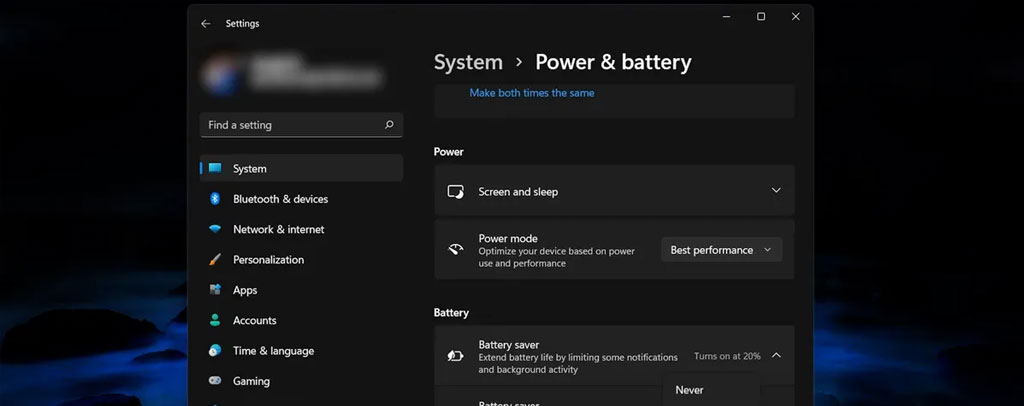
It’s normal for the programs you use often to utilize a significant amount of battery life, the Windows Settings app’s “Battery usage per app” list may indicate that some of your apps are especially demanding.
If an app appears to be using a lot of power, consider trying a different one. Additionally, you might want to wait and perform more complex operations while you’re plugged in. Thus, if you have a lot of applications to install or a large download to complete, do so with the device plugged in.
Way#10: Shut Down

When we’re not using our laptops, we should all just shut them off. When we opened them again, they would have gone to sleep and be ready. You can use your laptop in this manner without a doubt. Proceed without hesitation if your battery life is satisfactory. However, you might want to completely shut down your laptop while you’re not using it. Utilize the Start menu’s power options instead.
Sleep mode isn’t the best option for laptop battery life for the following reasons: When your laptop is resting and using power, Windows will wake it up to run updates and other duties. Occasionally, power-saving settings may not function properly, causing a rapid drain of the battery. Instead of just letting your laptop sleep at the end of the day, think about shutting it down if you won’t be using it for a time.
10 Best Android Clicker Games That Make Money
How to Turn off Copilot in Windows 11
Final Word
Although a laptop that consumes a lot of power might be very problematic, there are solutions available to help mitigate the issues. By employing the above mentioned methods, you may extend the battery life of your laptop. There are limits on how long you can keep your laptop’s screen on, even though it will ensure that you can.
